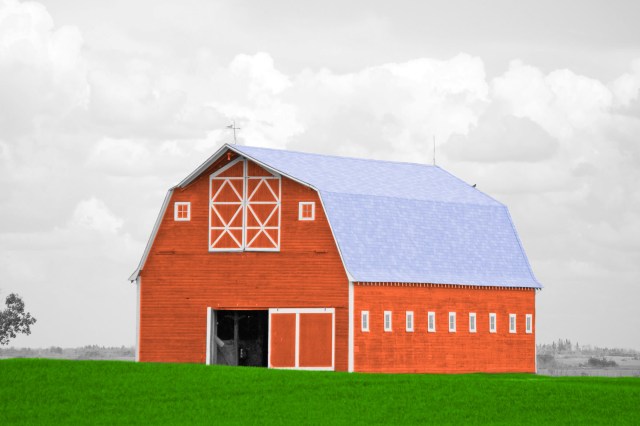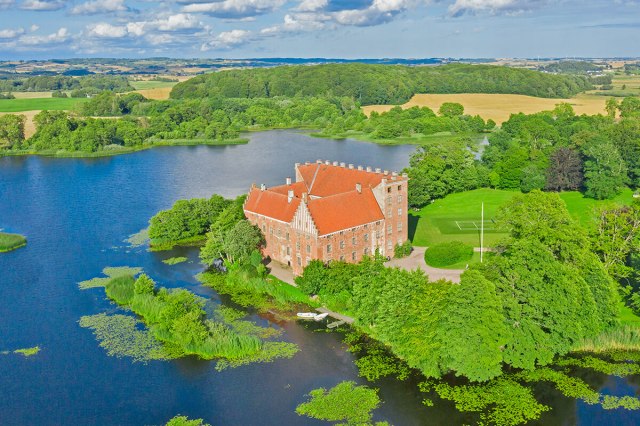
Early European Origins
The tradition of deliberately painting pastoral structures red is believed to have derived — at least in part — from a practice that originated in 16th-century Sweden. At that time, it was common to construct cottages and even castles out of wood, which was a readily available resource.
But many northern European nobles, including Sweden’s King John III, admired the Gothic-era brick structures that were so common in the Netherlands. In an effort to emulate that desirable reddish brick aesthetic, the king issued a 1570s mandate to apply a coat of red paint to two wooden castles in Stockholm and Turku. This was possible thanks to paint dyed with iron oxide (rust), which was used to create a reddish pigment.
The iron oxide came from a famous ninth-century copper mine located in Falun. The mine collapsed in 1687, but even though mine operators could no longer access any precious ore, they still had enough waste byproduct available to manufacture red paint. This led to a rise in the production of red paint throughout the 18th century, and use of the color permeated society.
Given its earlier association with nobility, many Swedes considered the color red to be a proud part of the country’s overall identity, and they used the paint to coat their pastoral cottages in the countryside. Those people also noticed red paint provided practical benefits, as its chemical makeup helped preserve those cottages against the harsh Nordic climate.
So while the practice of painting barns red may have begun as a status symbol, it helped maintain pastoral structures in practice. This brings us to how it became such a popular choice among American farmers.
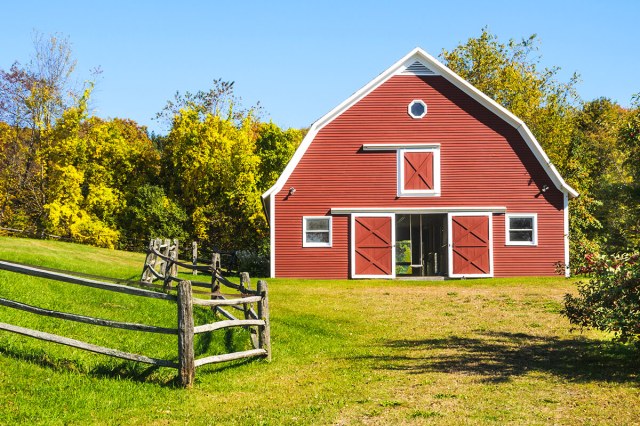
The Science Behind Red Barns
As European settlers migrated to the Americas, they brought many traditions with them across the ocean. Those included painting barns and other pastoral structures red, which, as the Swedes had learned, also turned out to have scientific benefits for the many American farmers who continued this practice.
As barns were raised across American farms, weather damage proved to be a major concern. Barns were subjected to harsh winds and torrential rain, and the risk of mold growth further complicated things. In an effort to ensure their barns’ durability, many farmers turned to red paint as a protective varnish.
This emerged as a particularly common practice throughout 18th-century New England. Farmers relied on a mixture whose main ingredient was linseed oil — a brownish-orange sealant that hydrated the wood and offered protection from the elements. Lime and milk were also added to help the oil stick to the barn.
But the striking red color came from the addition of reddish iron oxide, also known as rust, which acts as a natural poison for any fungi, mold, moss, or other similar growths that could cause wooden barns to decay.
With this in mind, farmers sourced rust from the old tools and weatherworn equipment found on so many farms. Once mixed with linseed oil, milk, and lime, it created the ideal varnish to protect against weather and decay, thus helping to keep barns standing for years to come.
So while the Swedes may have used red paint as a symbol of status that just so happened to come with additional practical benefits, almost the opposite was true of American farmers who lacked the connection to Swedish nobility. For Americans, the preservative nature of red paint was far and away the most important factor, and the picturesque red color just so happened to be an aesthetically pleasing perk that accompanied it.
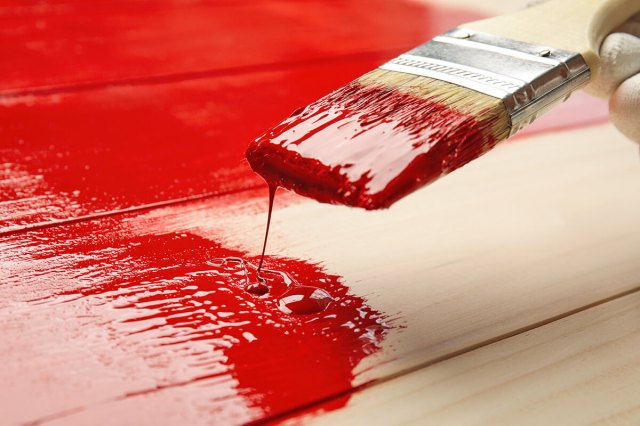
A Cost-Effective Choice
As weatherproofing technology developed, farmers relied less on homemade mixtures to preserve their barns. But red continued to be a popular choice for painting barns because of its low cost compared to other paint colors.
In the U.S., “ready-mixed” paints were made available by 1867, and commercialization expanded rapidly throughout the remainder of the 19th century. During this period, it proved to be cheapest for manufacturers to produce red paint, as the pigment was easier to acquire at a lower cost. For proof of this, look no further than the 1922 Sears Roebuck catalog: The cost of a gallon of red paint was just $1.43 (roughly $27.50 today), making it far cheaper than other hues at the time, which cost $2.25 or more per gallon.
Though preventing decay and keeping costs low were top of mind, farmers discovered painting their barns red came with other benefits.
For instance, some noted that red barns stayed warmer in the winter, as the darker red tones better absorbed sunlight than lighter shades of paint. Red barns also provided better visibility, as they stood out against the tones of the surrounding natural landscape. This was especially useful in the winter or during storms, when visibility was lower than normal.
More Interesting Reads
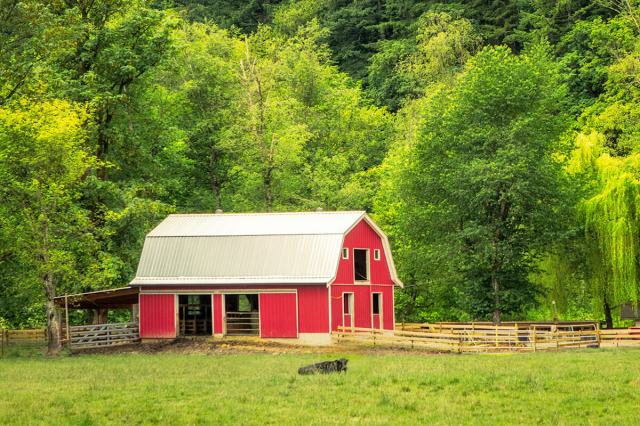
A Continued Tradition
Long gone are the days of relying on iron oxide to kill fungi or of red paint being notably cheaper than alternative colors. So why are so many barns still painted red today? Well, for some, the answer lies solely in tradition.
Many farmers view red-colored barns as a proud symbol of their heritage and the many hardworking individuals who preceded them. Not only that, but red barns also stand out and look good. So while you’re bound to see barns painted white, green, and a variety of other colors, red remains a popular choice steeped in tradition.

